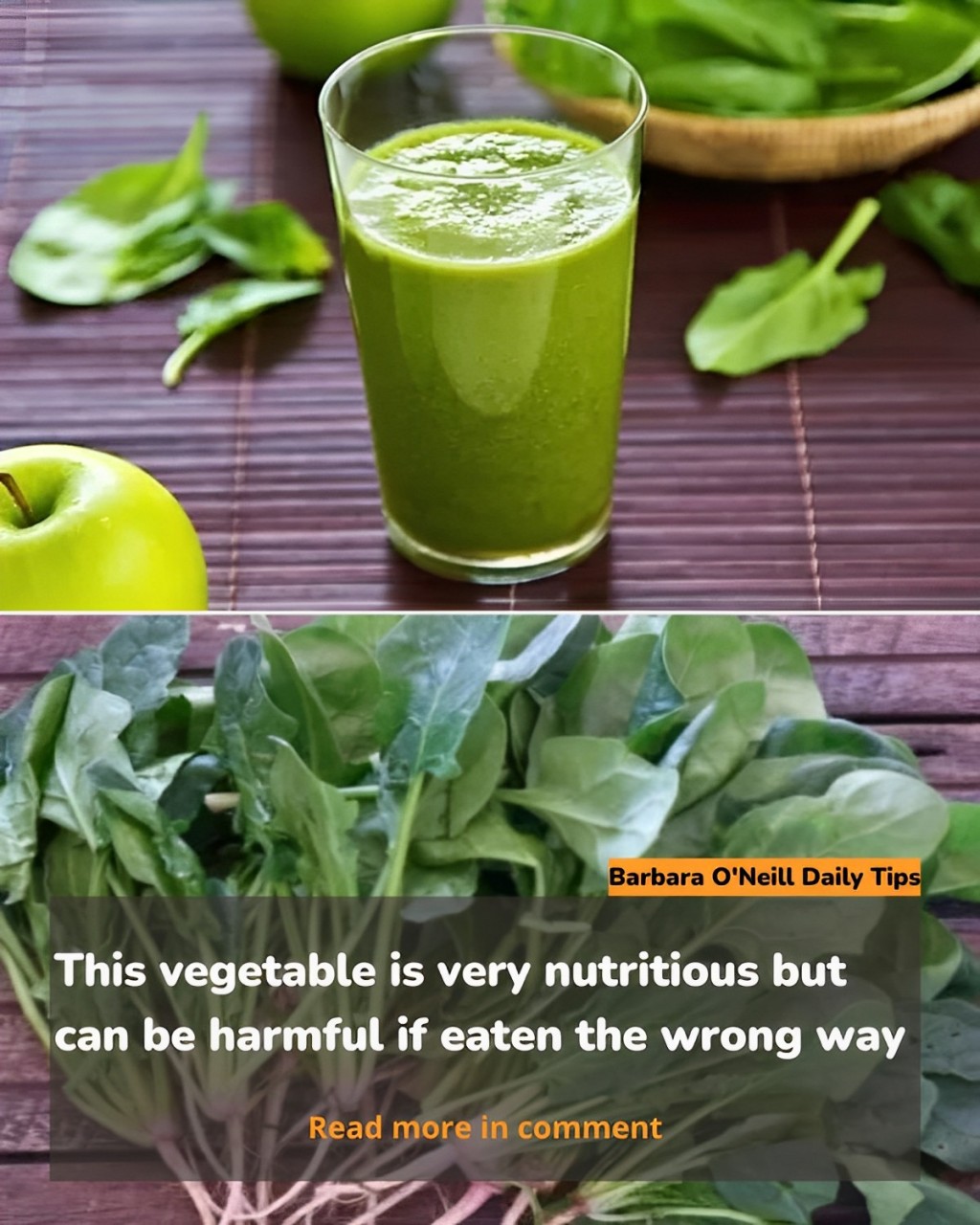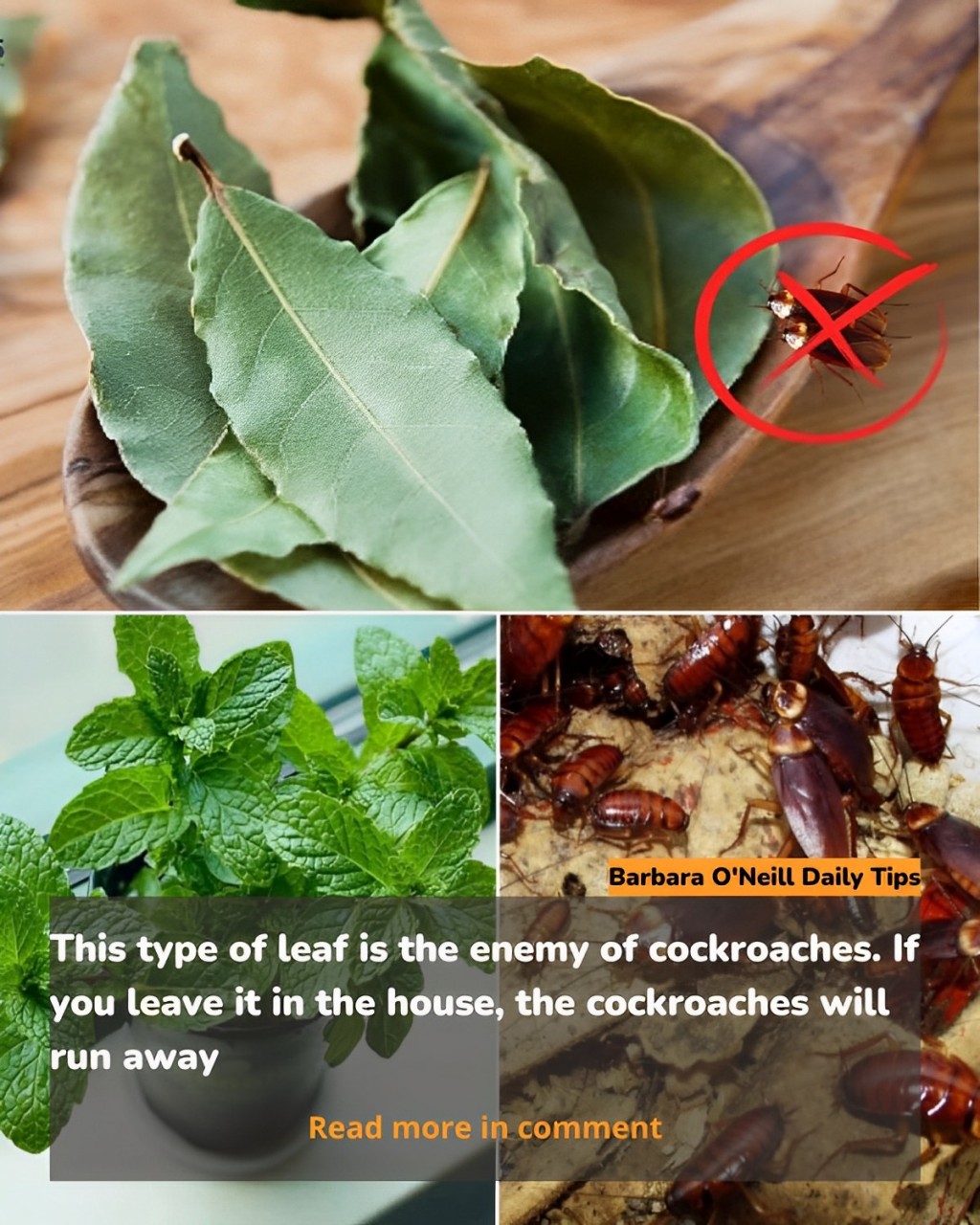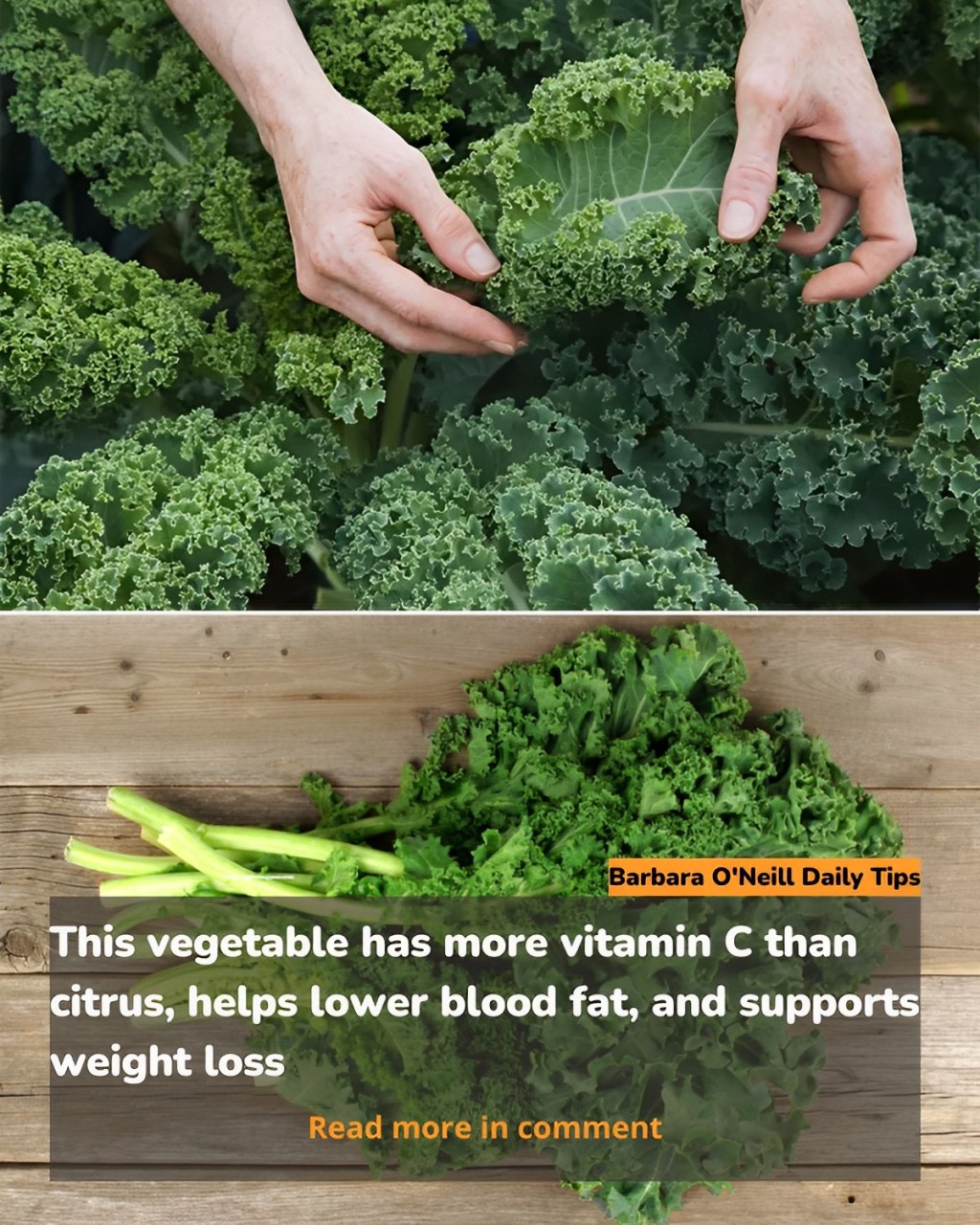Beyond the Kitchen: Creative Uses of Old Kitchen Sponges in Gardening
Contrary to popular belief, kitchen sponges are not just for kitchen use. They can be ingeniously repurposed in the garden. Learn how to recycle your kitchen sponges and make the most of them!
4 Innovative Ways to Reuse Old Sponges in the Garden

Many people tend to dispose of worn items in favor of new ones. However, old kitchen sponges can be recycled in original ways, especially to aid in growing plants!
Tip 1: Enhancing Plant Growth
One recycling method is to mix sponge pieces into soil. You’ll need:
- Scissors
- A kitchen sponge
- A pot
Cut the sponge into small, approximately 1 cm wide pieces. Then, fill your pot with potting soil, interspersing it with sponge pieces to create a uniform mix.
These sponge fragments ensure rapid and optimal root growth, thanks to the air spaces they create. Remember, roots need both water and air to develop properly.
Tip 2: Combatting Aphids

Aphids are a common plant pest, and getting rid of them can be challenging. A kitchen sponge can come in handy here. Soak it in any anti-parasite product and use it to clean the branches.
Tip 3: Deterrent for Moles and Mice
While aphids attack from above, moles dig from below. You can repel them using essential oils, which they greatly dislike. Soak a sponge in your chosen essential oil and place it in the soil. This is likely to deter moles. Mice are also sensitive to these smells.

Tip 4: Planting from Seeds
Another use for old kitchen sponges is for seed planting. Split the sponge in two, but not completely – just enough to make a slit. Insert the chosen plant seeds into this slit, spacing them at least 2 cm apart. Place the sponge in a container with some water and wait patiently for the seeds to germinate.
After two weeks, the initial growth should be visible. Once the seedlings reach about 8-10 cm in diameter, they should be transferred to a larger pot with soil.






